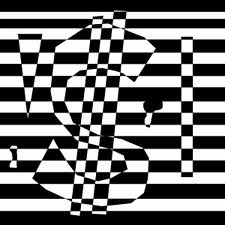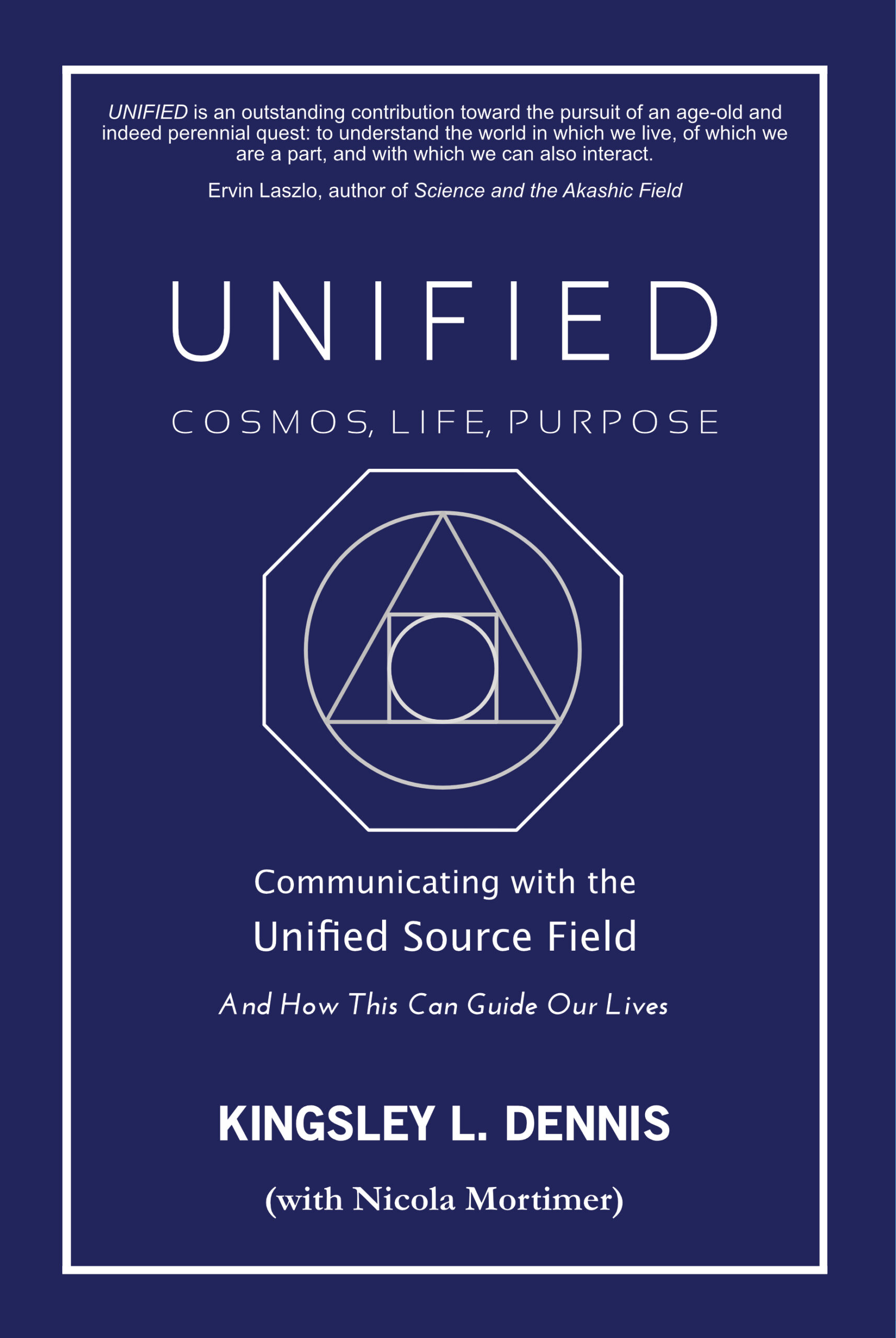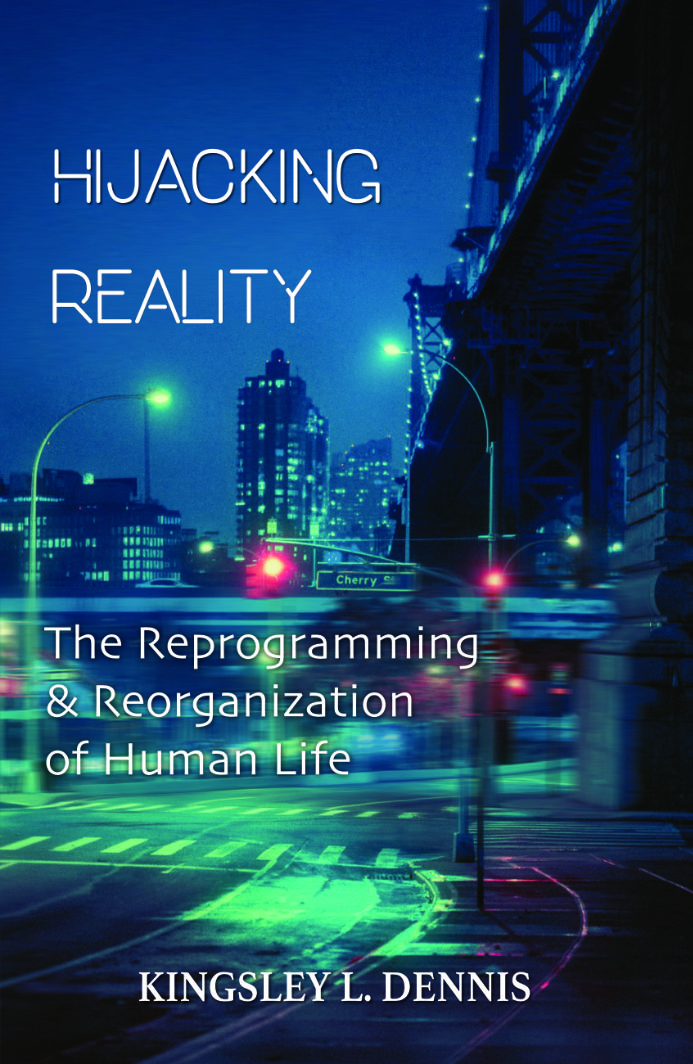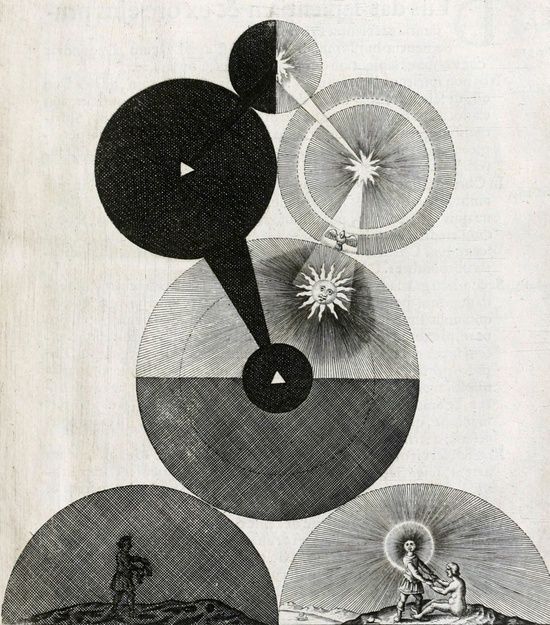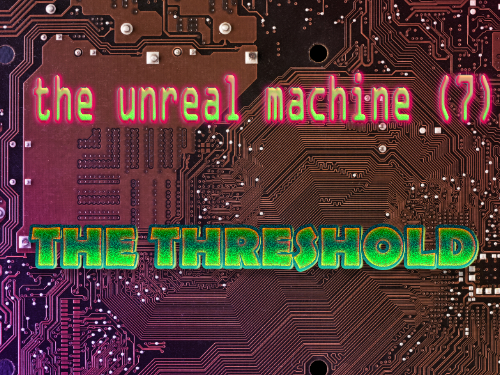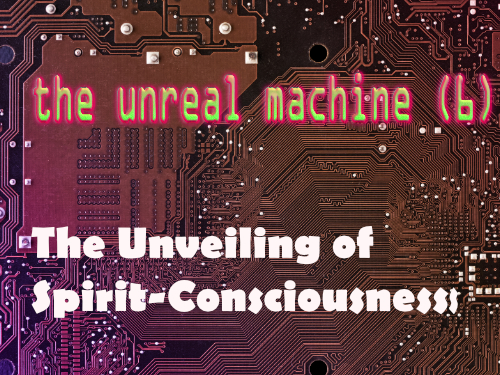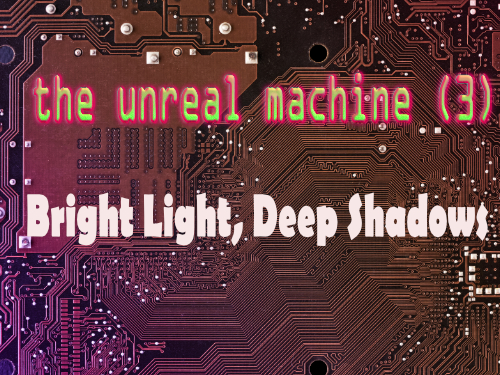The incumbent global financial system is in dire straits and is a behemoth waiting to implode. It is intrinsically unsustainable with its labyrinthine financial agreements and credit swaps. These include mortgage-backed securities, collateralized debt obligations, credit default swaps, predatory lending, derivatives and off-balance sheet financing, etc. The financial system has become an almost impossible marketplace to regulate as risky mortgages and debts are funded through what is known as the ‘shadow banking system’ and thus further obscured from external checks. The current economic myth of a ‘perpetual growth’ economy requires a relatively cheap and plentiful supply of resources, alongside expanding markets. With energy and resource constraints impacting the global marketplace at a critical time of great economic instability, the result is a time-bomb waiting to explode.
The global effects of the ongoing great recession are being felt through many giant financial institutions that are still carrying billions in toxic assets. This is the same for sovereign nations who are riddled with debt, especially various states within the European Union. Losses worldwide to date have been trillions (whether dollars, pounds, or Euros), and the ongoing rounds of quantitative easing and bailouts only serve to further frustrate, anger, and pauperize the people. For many, the phrase ‘bailout fatigue’ is now an all too familiar phrase which shows that the ineffective actions being taken are increasingly remote from many people’s sense of reality. The years ahead are likely to bring further economic disruptions, increasing bankruptcies and bank failures; resulting in many nation states having to implement greatly unpopular austerity measures. Governments are likely to become more repressive in the face of financial instability and mounting debt. This is likely to result in a deepening restriction of freedom of expression and civil rights as social protests grow. We have to face the prospect of a future where our once cheap consumer lifestyles become not so cheap anymore. This will indeed be the case when resource and economic growth falters in such countries as China. A radical overhaul of the global economy is not only necessary, it is inevitable.
John Kenneth Galbraith, the famous Canadian-American economist, famously said that ‘The process by which money is created is so simple that the mind is repelled.’ And in fact he was right: money creation is a fantastically simple illusion of wealth. The word says it all – money is created. It is an artificial construct of consensus value. That is, people worldwide accept the varying rates of currency exchange and, importantly, the value of goods tied to monetary exchange. The value of money is a shared illusion that we all ‘buy’ into – yet it is also a very necessary one if we are to engage in our everyday lives. Money creation goes something like this:
An individual goes into a bank with $1000 and deposits the money in an account. The individual now has a $1000 asset in storage and the bank has a $1000 legal responsibility for custodianship. Now the rules on bank accountability allows each bank to loan out a proportion of the money they have on deposit which, in theory, is about 90%. Since most banks only keep a very small fraction of their actual deposits in reserve in their bank, this procedure is called ‘fractional reserve banking’. Banks are now in a position to start making lucrative financial deals since they make no money from holding onto people’s money (unless charging for bank services or debt interest). These financial deals operate through such activities as merchant banking and investment banking. These sectors deal with high-level business and private equities; and with underwriting and securities respectively. The other more commonly known type of banking is called commercial banking. In our example, a commercial bank can loan out 90% of the initial $1000 deposited, and thus provides $900 for another borrower. This $900 is now in circulation and may get passed on to another person, as payment, which then may be deposited back in the commercial bank. If a bank now has this $900 on deposit it can loan out 90% of it, a further $810. If the bank then receives this $810 from another person then it can lend out 90% against this which is $729. This process goes on and on until, for example, the initial $1000 has now developed into $10,000. However, only $1000 is actually held in reserve by the bank. The $10,000 it may hold in various accounts has been money created out of the original lump sum. It is still very real in terms of purchasing power, yet it represents $9000 of debt. All of the $9000 was loaned into existence without ever being physical created. The money was ‘backed’ by the initial holding yet the new ‘wealth creation’ does not exist as physical money. Thus, if every person went to the bank to reclaim their part of the $10,000 (called a ‘bank run’) then the bank would not be able to pay because they would not actually have the money on account. The bank may then be forced to pay back as much as feasibly possible before entering bankruptcy. In effect, each person has their money as long as everybody doesn’t ask for it at the same time. Also, everyone’s money is allegedly ‘safe’ as long as everybody doesn’t start defaulting on their loans. On top of this there is the interest payment that has to be paid back with each loan. This again means that more money needs to be paid back than originally exists. Are we starting to get the picture?
What this tells us is that money growth is a process of debt accumulation. First, bank credit is money loaned into existence, and thus is a debt upon which further debt (interest) must be paid. The second type of money creation comes from the central banks which have the exclusive authority to lend money (i.e. print money) which is then exchanged for government debt. The central bank for each nation has the sole monopoly on creating currency as a legal tender. In other words, government spending and money in circulation is backed, yet again, by debt. Further, the majority of central banks in the developed world are ‘independent’, which means they are privately owned and thus beyond political interference. Let me repeat this important, and often overlooked point: money creation (ie. printing money), government debt and private debt, are largely under the authority of private institutions. As Mayer Amschel Rothschild (1743-1812), one of the world’s most famous bankers, once said: ‘Give me control over a nation’s currency, and I care not who makes its laws.’ Anyone wishing to know further details only has to investigate the history of the central banking system.
To continue, the creation of money is therefore a debt-creation process. All monies are backed by debt. At the everyday bank level all new money is loaned into existence. At the government and state level, all money is simply printed ‘out of thin air’ and then exchanged for government debt. Both types of debts are also accompanied by interest payments on the debt. We can thus say that money is backed by debt and this debt must pay interest. So here comes another question: if interest is accumulated on top of the debts, then where is the money to cover these extra interest payments? Answer – it doesn’t exist unless extra money is loaned into existence to cover the interest payments on outstanding debt. At the same time the amount of debt each year is expanding by x %, because of interest growth. As debt expands upon previous percentage growth it becomes an exponential system. What this means is that the amount of debt circulating will always be more than the amount of available money. It also implies that the global banking system not only is perpetually expanding but also that it must do so in accordance with its own institutional processes.
What has also added to this expanding currency bubble is the fact that liquid currencies are no longer backed by the gold standard. Where once bank notes could be converted at the banks for gold coins (a procedure often suspended during times of war), this gave paper money a well-trusted unit of value. Global currencies – especially the reserve currency of the US dollar – were backed by the unit value of gold. However, the end of the gold standard was heralded in 1971 when the dollar was stripped of its gold backing allowing it to peg its own value. This also meant that money could be printed at greater rates since it was not tied to any fixed gold price. The amount of created money now in ‘circulation’ is shocking. Trillions of dollars/sterling pounds/Euros are affectively in existence today – that is, as digits on a computer screen – supplying debt-relief and credit. Only that they are not in actual existence. It is nothing more than an illusion of artificial debt. Yet the illusion for most people is very real and very painful.
The illusion of wealth (i.e. debt) creation is hurting many of us because our socio-economic systems have tied almost all individuals into this counterfeit cage where they are not so much physically enclosed but rather entangled within a digital prison of credit and debt. Our so-called ‘credit systems’ (i.e. debt) makes people work for the banksters whilst for many the debt can never be repaid. In other words, money and credit is itself a form of debt, masquerading as false wealth. Credit is a socially-constructed form of slavery – an assault upon the human spirit – whilst the world is built on a debt that can never be repaid. Credit cards too are extensions of this symbolic debt environment and form part of the armory of silent weapons that wage a quiet war against the people. As a further insult to injury, many of these global institutions – international banks and multi-national corporations – now exist beyond (and often above) the power of nation states.
Modern societies have shifted by stealth from paper money to digital money. Our financial institutions, and hence our ‘credit rating’ (what an inhuman word!) values a person’s ‘worth’ by binary digits on a screen. Personal independence is being undermined by our systems (that were supposed to work for us) stripping people of their physical assets, as was evident during the 2008 financial crash and the ongoing instability of liquid currency markets. The economic system is a farce, yet a highly dangerous one.
What this means for the average person is that we need to establish for ourselves a way of life that takes us away from dependency on the banks, and to get rid of our addiction to credit. That is: only spend what we need to; take our cash out of the bank (place it in a safe or somewhere safe); look for local currency schemes; establish or join barter networks; shift to a more self-sustaining lifestyle (growing your own food, etc). And for goodness sake, we each must learn to live within our means. The alternative is to live within their means. And that, at least for me, is not a prospect I favor.

